There's nothing worse than the most amazing hike you've ever been on ending with a giant poison ivy rash. Nothing. Worse.
So I put my Girl Scout cap back on, and I compiled the ultimate guide to avoiding poisonous plants in the first place. Some quick basics - there's three common plants to watch out for: poison ivy, poison oak and poison sumac. They all share the same irritant, which is an oily sap called urushiol. Just one nanogram can cause a reaction, and it coats all parts of these plants.
So, here's what to look for.
Poison Ivy

Think, "Leaves of three? Don't touch me!" Poison ivy (and poison oak) grow in clusters of three leaves. Those leaves can have notched or smooth edges, but they always have pointed tips. They'll look pretty waxy on the top and look fuzzy on the bottom. It gets a little tricky because poison ivy can grow on a vine or as a shrub, so it doesn't always look the same. Plus, it grows berries as well. Those greenish-white berries aren't poisonous to other animals, like deer or birds, but they are poisonous to humans! Don't eat them, even if you see another animal do it!! I repeat, DO NOT EAT THEM!
Just like any other plant, poison ivy changes colors depending on the season. It will be reddish in the spring, green in the summer, and yellow/orange in the fall. Poison ivy is found all over the country (except Hawaii, Alaska and few parts of the southwestern deserts - ya lucky ducks). So, always be on the lookout! Don't touch, don't eat!
Poison Oak

Again, "Three leaves you see? Let them be!" Poison oak is typically found in groups of three, but every once in a while, it can be found in groups of five or seven. You'll see a wavy, scalloped edge, with a rounded top. Generally, poison oak grows as a shrub, about 3 feet tall, but occasionally it can grow on a vine, as well. These poisonous plants... always trying to trick us.
In the spring, it will be bright, bright green. In the summer, it will be yellow/green or even pink, and in the fall, it will be yellow or dark brown. You'll find poison oak on the West Coast, the East Coast and in the Southeast.
Poison Sumac

Probably the least known poison plant, so it's especially important to know what to look for. Keep your eyes peeled for red stems, with 7 - 13 leaves arranged in pairs with one on the end. Those leaves are long and oval-shaped, with fairly smooth edges. Sumac typically grows as a tall shrub or even as a tree anywhere from 5 feet to 20 feet tall.
The thing about poison sumac is that is looks really similar to non-poisonous leaves, and the colors are beautiful. You get bright orange in the spring, dark green in the summer, and red/orange in the fall. It's typically found in watery, swampy, high humidity environments. I'm talking the Midwest and Southeastern United States, so be on the lookout.
I Accidentally Touched It... What Do I Do Now?
You've got about 10 minutes between touching one of these guys and breaking out in a blistery rash. So if you know right away that you've come into contact with a poisonous plant, rinse it off with water and mild detergent if you have it. Other things that will work are rubbing alcohol or antibacterial wipes. Get on it quick to stop the oil from soaking in, and be careful not to spread it!
So those 10 minutes passed, and now you've got a red, swollen, itchy rash. Rinse it with soapy water to keep the oil from spreading to other parts of your body (or other people), and wash any clothes you've worn and anything you've touched. Use calamine lotion, hydrocortisone cream and a cool washcloth to keep the itchiness to a minimum. Be sure not to peel it, pick at it or scratch it, and just wait it out.
A poison ivy rash is the worst, so be sure to take care of it the second you notice it! Any other poison ivy, oak or sumac tips? Tell us about them in the comments!
We're Just Trying to Keep Nature Wild
That's why every purchase helps fund & host wilderness cleanups. Check out our favorites in stock right now, and join us at a cleanup!

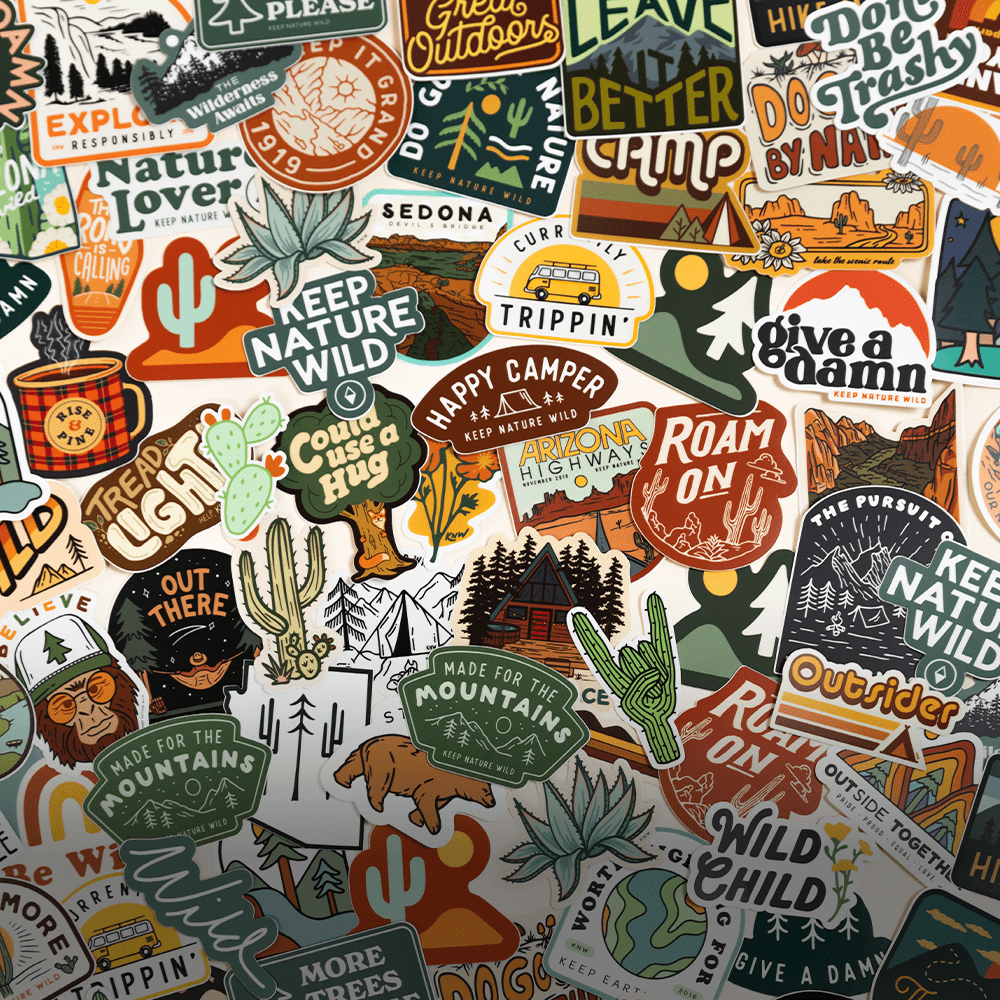
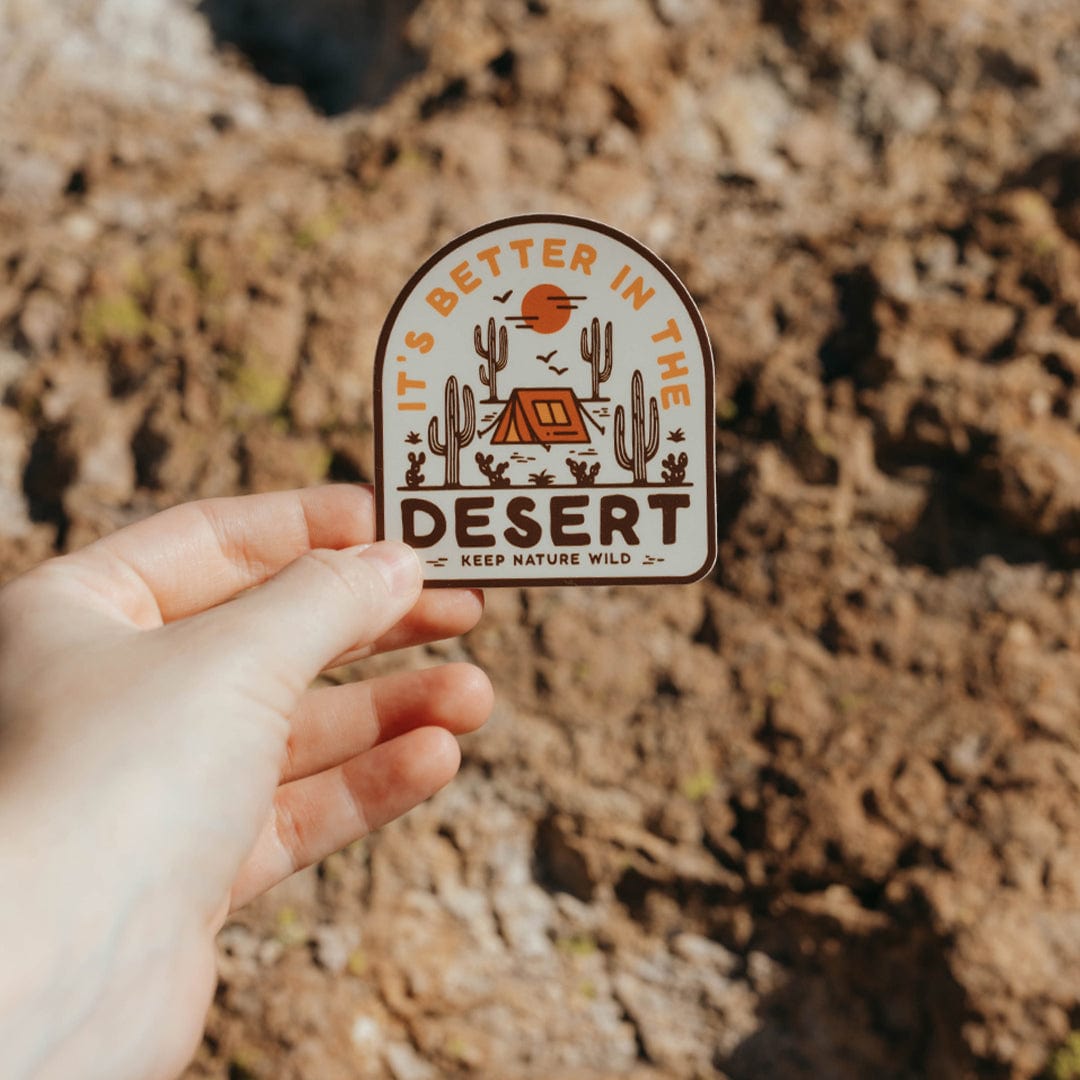
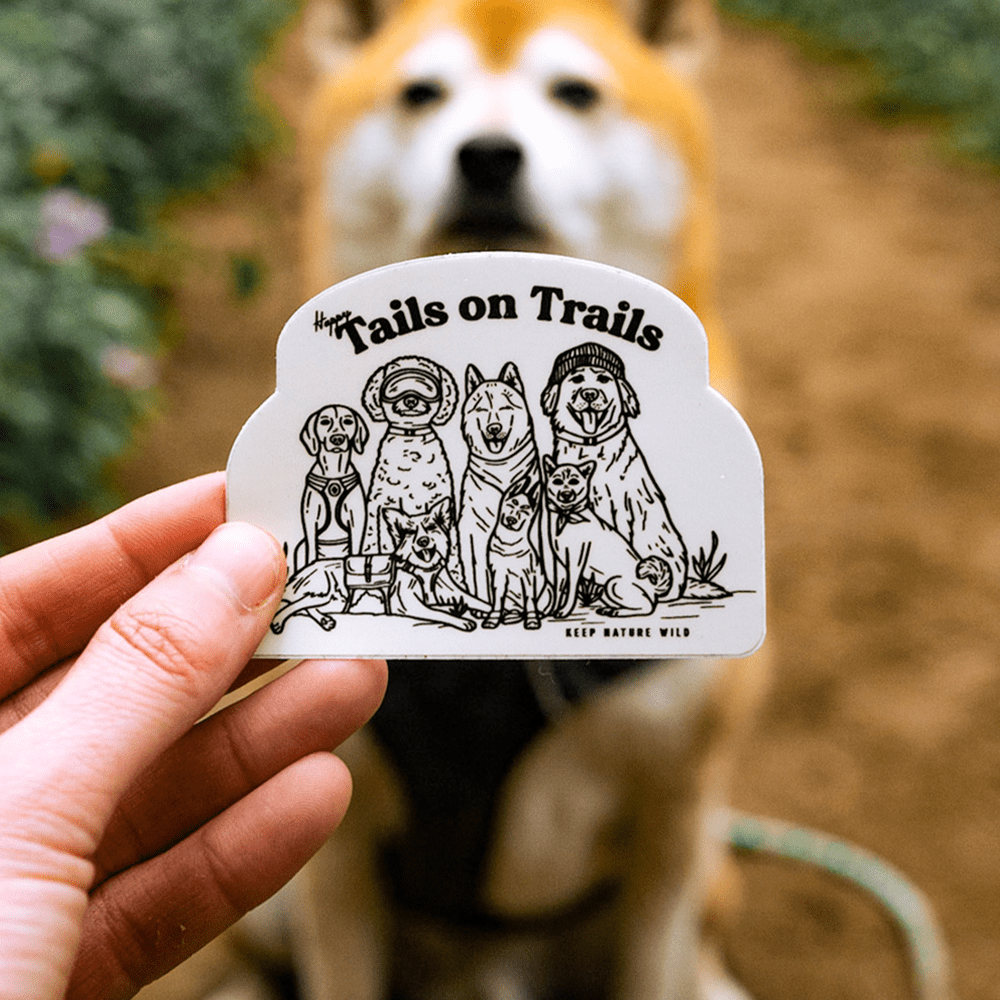




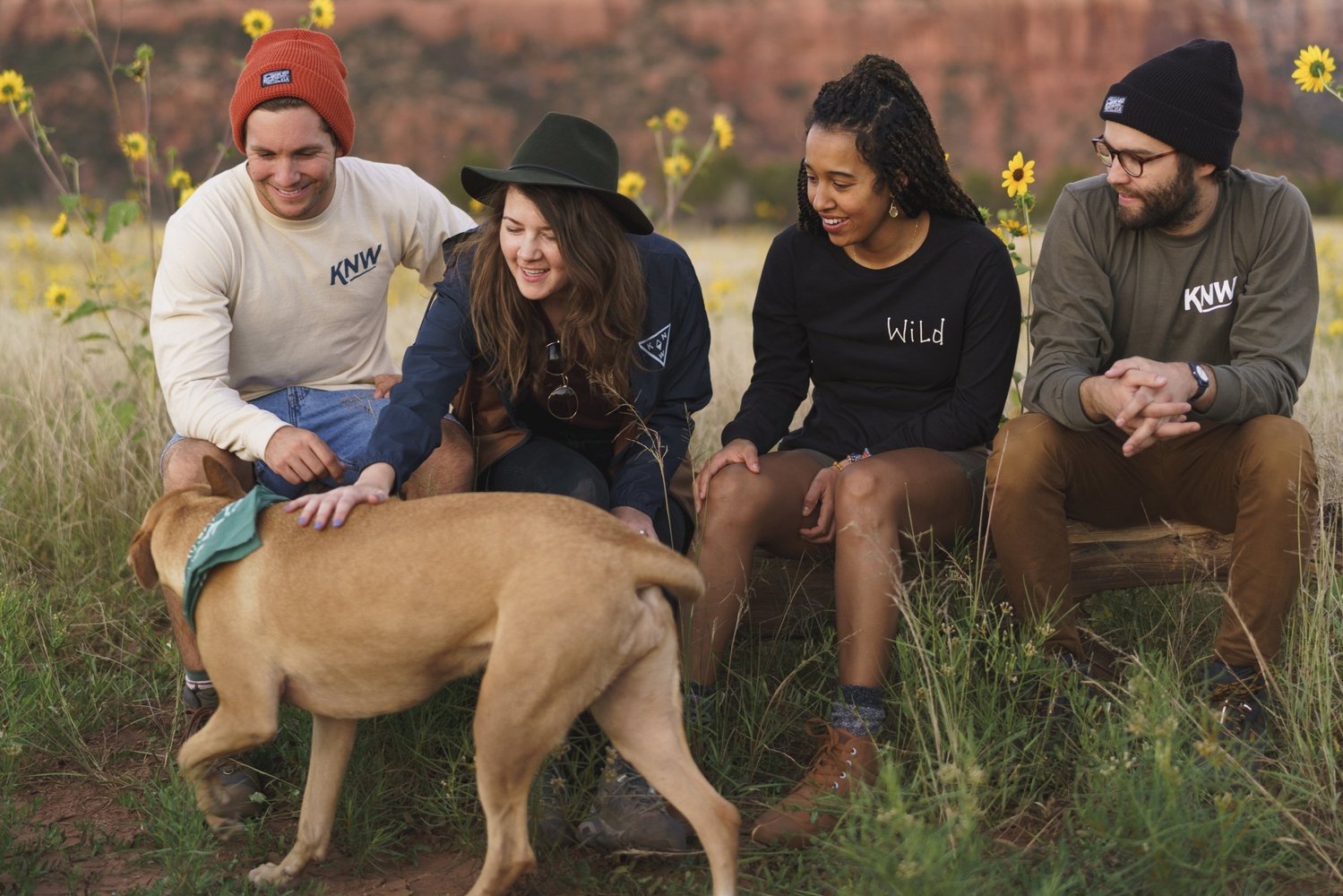
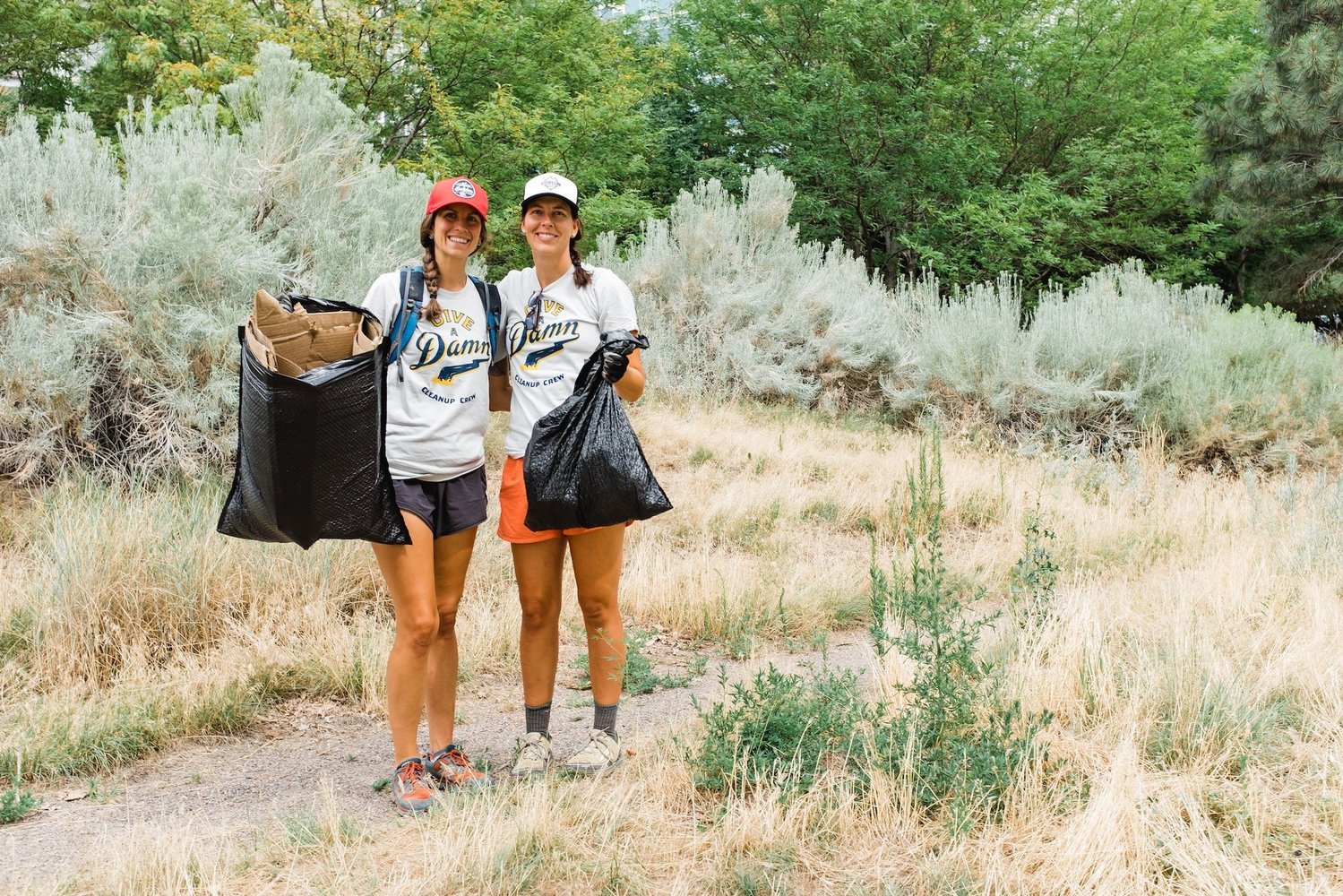
Leave a comment
All comments are moderated before being published.
This site is protected by hCaptcha and the hCaptcha Privacy Policy and Terms of Service apply.